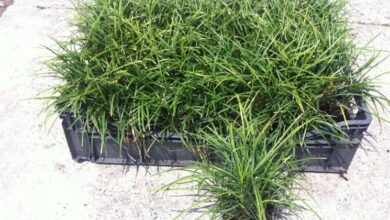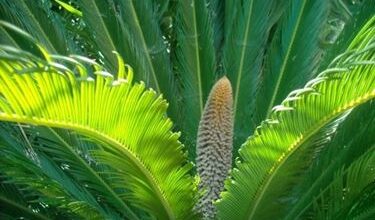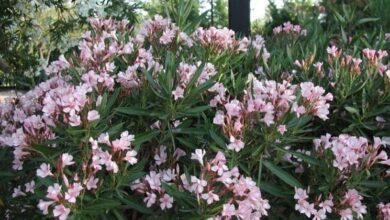Pitosforo plant
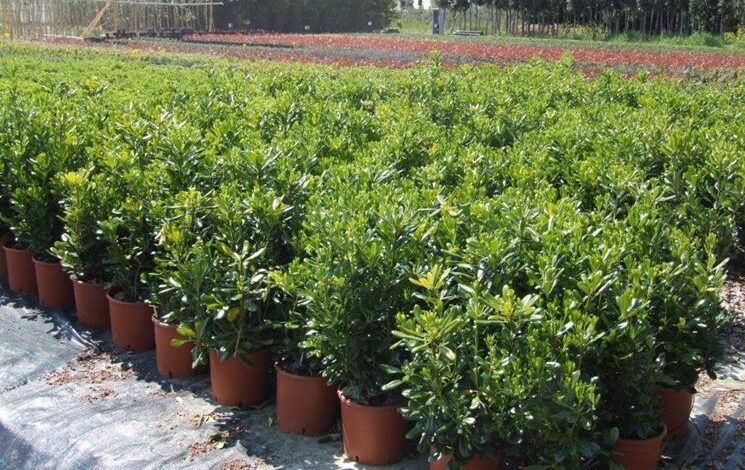
Pitosforo plant
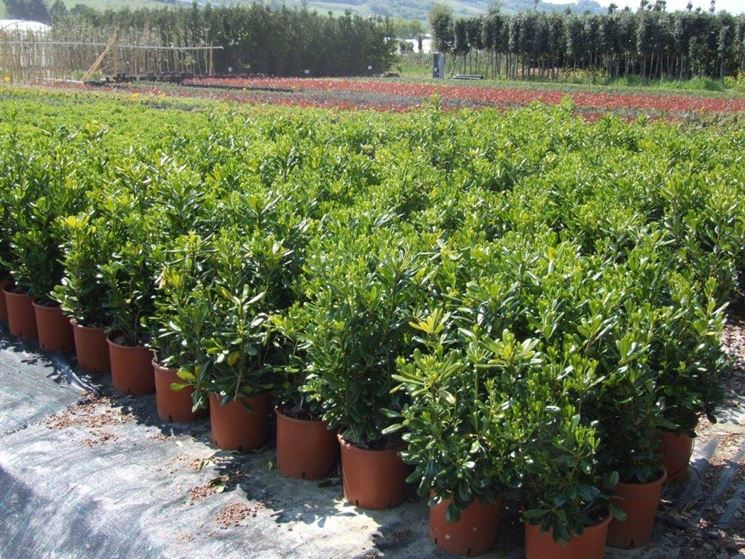
Pitosforo cultivation
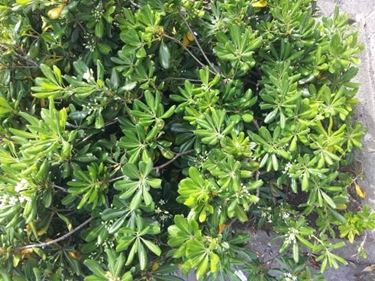
In Italy the pittosporum is cultivated for ornamental purposes, because it is a resistant and evergreen shrub. It is a plant that resists both cold and drought: it can stay outdoors with temperatures as low as -10 °, although sometimes if the frost is prolonged the branches can be damaged. In colder areas it is better to grow it in pots, so that it can be sheltered in winter. The pittosporumsthey prefer sunny positions, but they develop well even in partial shade. They will not grow much, however, if placed totally in the shade. In any case, pittosporum is a rustic plant and resists weather well, in fact it is also used as street furniture, especially in seaside areas, where there is no cold. As soon as it is planted, the plant needs to be watered in spring and summer; an adult plant, on the other hand, is satisfied with rainwater without problems. At the end of winter it must be fertilized with a slow release granular fertilizer; the pitosfori in pots should be watered more often and need to change the soil every two years. The soil in any case must be well drained. Pruning should be done after flowering.
Pitosphorus species
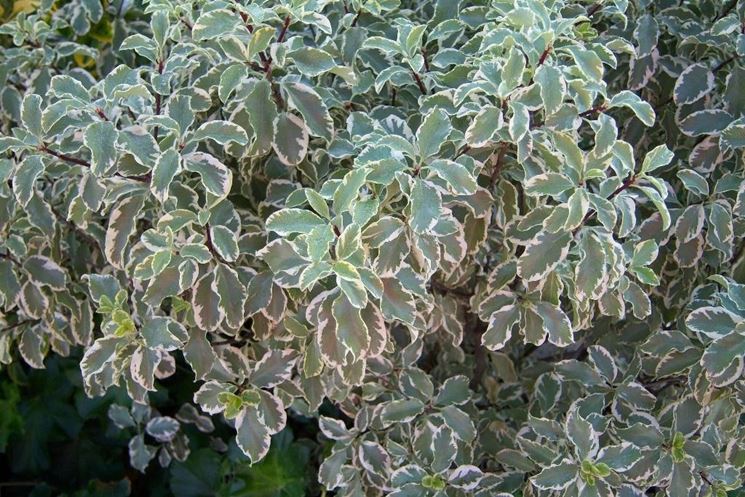
There are several species of pittosporum, coming from different areas of the world. However, in our country, where the cultivation of this plant is widespread, there are two main varieties: tobira and tenuifolium. The first is the classic one, with dark green leaves with a light vein in the center, white and fragrant flowers, a species that tends to become a large shrub, therefore it needs to be pruned to give it a shape and to contain it. Some tobira hybrids have variegated leaves of a particular color, on the gray-green, with yellowish-white edges. Pittosporum tenuifolium, on the other hand, has the most delicate and pendulous leaves: the branches are very dense but thin, dark in color, almost black. It is a rustic species, however, it needs some more precautions than the other: it prefers partial shade positions because it does not tolerate summer heat and drought very well, as well as it fears the cold, therefore it is not advisable to cultivate it in areas with very harsh winters; it develops slowly and therefore does not need frequent pruning. Of this species there are hybrids variegated or with purple leaves.
Pitosforo the hedges
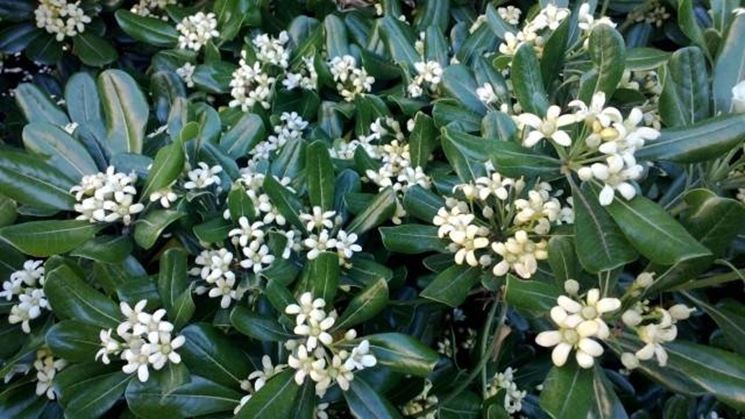
To create a beautiful hedge in your garden, pittosporum is the ideal plant: it is vigorous, resistant, evergreen, shiny and impenetrable, since it is a shrub with extremely numerous and dense branches. From the outside, therefore, no one will be able to look into our garden if the fence is made with a pittosporum hedge. In spring the hedges will become flowered, filled with beautiful white flowers that will spread an intense scent throughout the garden. In areas with a mild climate the pittosporum does not need treatment, rainwater is enough, unless there is a prolonged period of drought where it is better to water it. And then it should only be pruned if it expands too much or if we want to give it a precise shape. Often different species are used to form hedges and have a contrasting effect between colors: for example, first the pittosporum tobira is planted, which has dark green leaves, then a layer of variegated tenuifolium with lighter-edged leaves, and then a layer of tenuifolium with purple leaves. The pittosporum can be multiplied easily by cuttings, so it is easy to lengthen the hedge if desired.

